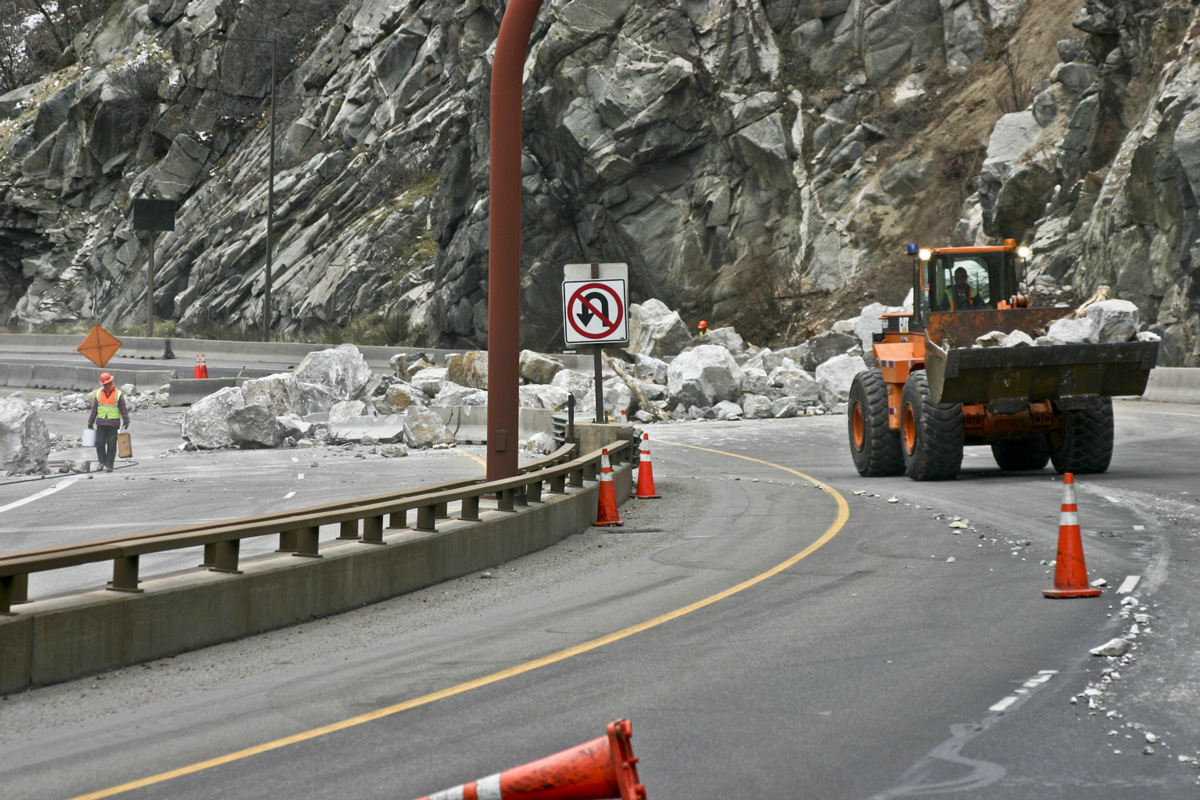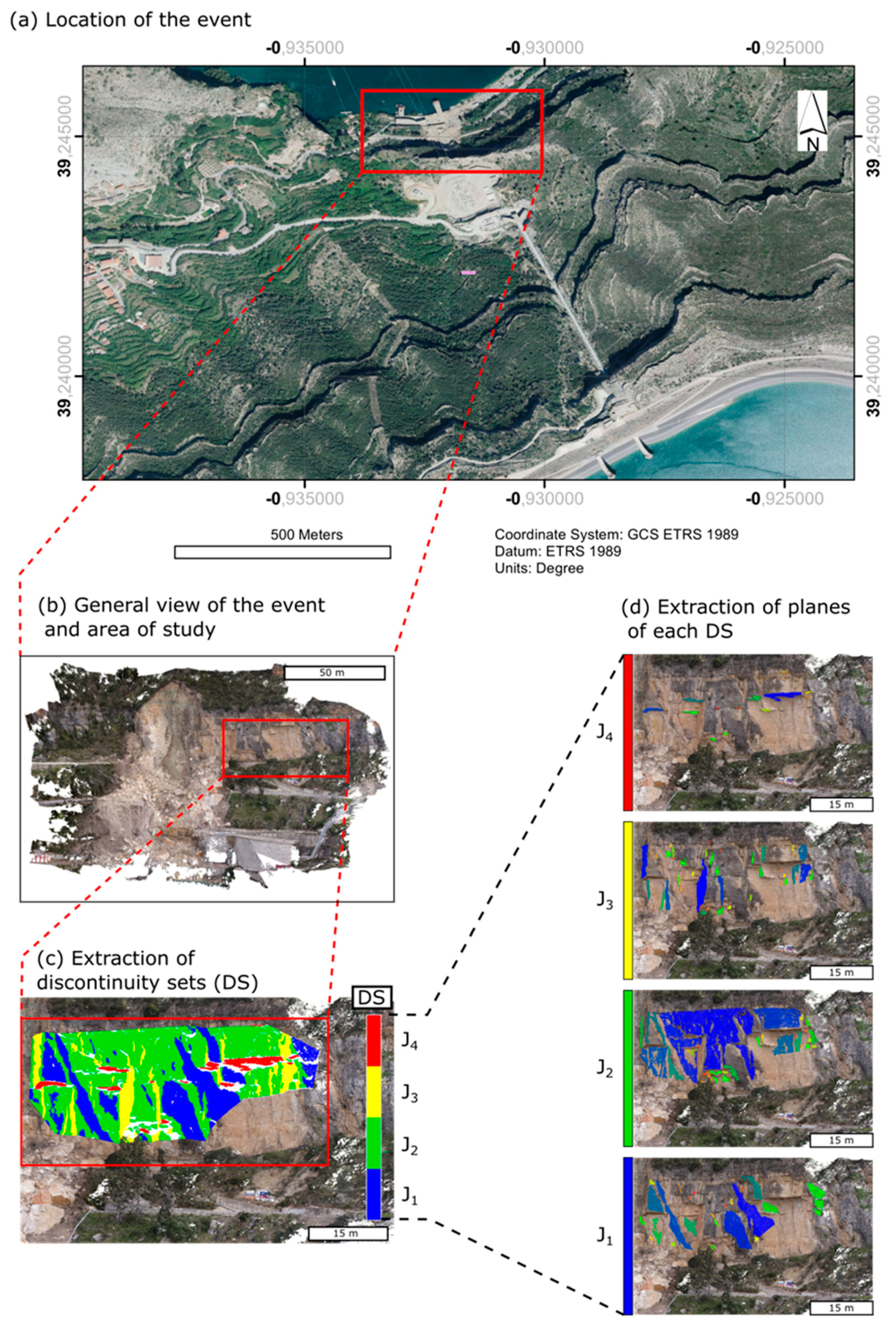Much of the CGS website is under heavy re-construction and will be for some time. The Publications area is working normally, but there is a lot of content from our original site that was in desperate need of updating. Please bear with us as we gather new information and rewrite hundreds of pages of material, gather and properly caption high-resolution images and otherwise bring you some very cool new and archival material never before seen! Stay in touch by subscribing to the >RockTalk< blog where we will announce new items periodically.
- Colorado Rockfall Simulation Program Version 5
- Colorado Rockfall Simulation Program Version 5
- Simulation
- Colorado Rockfall Simulation Program Version 5.0 Download
- Colorado Rockfall Simulation Program Free Download
- Colorado Rockfall Simulation Program 3d
One of the primary missions of the CGS is to help reduce the impact of all geologic hazards on the residents of the state. The CGS responses to Colorado’s rockfall hazard include:
Colorado Rockfall Simulation Program Down Colorado Rockfall Simulation Program Manual The mission of the Colorado Geological Survey is building vibrant economies and sustainable communities, free from geologic hazards, for people to live, work and play through good science, collaboration, and sound management of mineral, energy and water. Colorado Rockfall Simulation Program (CRSP) The Colorado Geological Survey (CGS) is now handling distribution of the Colorado Rockfall Simulation Program (CRSP). Rockfall References. Zhang, R., 2012, CRSP-3D User’s manual Colorado Rockfall Simulation Program. Hybrid Rockfall Systems. May 08, 2016 Focus - Colorado Rockfall Simulation Program: Modeling Rockfall in 3. D - FHWA- HRT- 1. The Colorado Rockfall Simulation Program (CRSP) was developed in 1987 to estimate the velocity, energy, and bounce heights of rockfall, which in turn forms a basis. The Colorado Rockfall Simulation Program (CRSP) was devel oped to provide a statistical analysis of probable rockfall behavior at any given site and to be used as a tool to study the behavior of rockfalls, to determine the need for rockfall mitigation, and to aid in the design of rockfall mitigation.
- Emergency response to rockfall events when they occur throughout the state
- Providing rockfall investigations and hazard evaluations to other state agencies and departments
- Identifying and mapping specific areas of rockfall hazard in cooperation with local government planning agencies and the Colorado Division of Emergency Management
- Producing rockfall hazard maps for public use
- Helping county and municipal planners and developers to identify and avoid, or mitigate, hazardous areas through our land use review (LUR) program
- Providing the popular Colorado Rockfall Simulation Program computer software
- Providing comment and guidance for proposed rockfall mitigation
- Providing educational resources so that the people of Colorado our many visitors might better understand rockfall and the risk associated with living in and traveling through mountainous terrain

A rockfall is a type of fast-moving landslide that happens when rock or earth falls, bounces, or rolls from a cliff or down a very steep slope. Rockfalls start from high outcrops of hard, erosion-resistant rock that become unstable for a variety of reasons. The size of the falling rock depends on the source area geology (bedding thickness, bedding dip and dip direction, hardness, joint/fracture orientation), weathering, position, and steepness of the slope. Generally, an individual rockfall has one to only a few rocks, with sizes that vary from gravel to boulders (two inches to five feet or larger in diameter). When a large mass of rock fails and the resultant fall spreads out into a debris fan, it is referred to as a rockslide or even a debris avalanche. Rockfalls can be very dangerous depending on where they occur, the size of the rocks involved, and how fast the rocks fall or bounce downslope. When people, buildings, vehicles, or highways are in their path, these rockfall events can cause property loss, personal injury, or even loss of life. Rockfalls can also create unexpected hazards on roads, causing damage to vehicles who unexpectedly drive over or into recent rockfalls.


Because they are often catastrophic and without warning, it is difficult to predict how often rockfalls occur. However they are a common erosional process in mountainous areas near cliffs of broken, faulted, or jointed bedrock; on steep slopes of rocky soils; and where cliffs and bedrock ledges are undercut by erosion or human activity. Young, actively rising mountain ranges like those in Colorado do not weather away slowly, grain by grain, but typically erode through larger events including rockfalls, landslides, and debris flows. Many regions and towns in Colorado’s Front Range and Western Slope are exposed to the rockfall hazards of nearby mountains and cliff-rimmed mesas.
Active rockfall areas are those showing evidence of recent falling and rock movement. Rock displaced or damaged vegetation, fresh “tracks” of rocks rolling down-slope, fresh scars on cliffs, anomalous or disoriented lichen growth on rock blocks, eyewitness accounts, and damage to fences or man-made works are some common criteria for identifying active rockfall areas. The most common difficulty with ‘inactive” rockfall areas is unexpected reactivation due to human activities or exceptional natural conditions. Questionable rockfall areas should be monitored if there is the possibility that reactivation of a rockfall may take place and present a hazard to man.
Most fatalities from rockfall in Colorado happen on roads or major transportation corridors, but some people have been seriously injured or killed in their homes where they are located in the path of rockfalls. Rockfalls are often not covered by homeowners insurance because they are classified as a type of landslide. It is important to be extra alert during three particular times on Colorado’s highways: spring thaw, after heavy rains, and at night. Be particularly alert during these times where you are approaching blind curves.
Causes of rockfall events include
- Mechanical weathering, such as freeze/thaw cycles, where ice forces rocks apart and subsequently melts, plant growth within rocks, or windstorms.
- Chemical weathering, where water reacts with rocks and changes their composition to more easily eroded minerals
- Excess water from rainfall, snowfall, or surface irrigation from humans that lubricates rock joints and fractures, weakening them and causing them to slip and/or separate
- Increased groundwater pressures that hydraulically “lift” the rock and decrease the normal rock friction at discontinuities, leading to rockfall
- Vibrations or shaking from earthquakes, blasting, roads, construction, trains, and even sonic booms may shake loose rocks and cause them to fall
- Erosion and undercutting at the base of a cliff or steep slope from streams, rivers, glaciers, debris flows, or human activities such as excavations or road cuts
- Animals, even humans, can also dislodge rocks while burrowing, climbing, or walking in steep rocky terrain
- Fires that destroy stabilizing vegetation

Witnesses have even seen lightning trigger a rockfall in Colorado!
Planning for rockfall
Generally, it is best to build homes, buildings, and other infrastructure outside of areas where rockfall is known to be a risk. Unless completely protected, buildings, roads, pipelines, railroads, and most other kinds of infrastructure are at risk of severe damage or destruction in rockfall areas. There are several methods to reduce the risk of rockfall to people and infrastructure where building outside of these areas is impossible or impractical. These are discussed in detail in the publication Rockfall in Colorado. In the case of costly engineered structures, expenses for mitigation of rockfall danger are likely warranted, especially if alternative locations are prohibitively expensive. Housing, on the other hand, might easily be planned elsewhere with less expense if other potential sites are available.
Colorado Rockfall Simulation Program Version 5

The CGS is directed by state statute to review geologic reports for new developments in unincorporated areas of the state with lot sizes less than 35 acres, as well as all new school construction or critical facilities, to determine whether they are at risk from geologic hazards such as rockfall. The staff of the CGS also provide post-disaster assessments to affected areas and communities, helping to identify areas at risk of further damage.
Colorado Rockfall Simulation Program Version 5
Simulation
Colorado Rockfall Simulation Program Version 5.0 Download
Colorado Rockfall Simulation Program Free Download
USGS — The Landslide Handbook
Colorado Rockfall Simulation Program 3d
CGS RockTalk, Vol. 11, No. 2 — Rockfall in Colorado